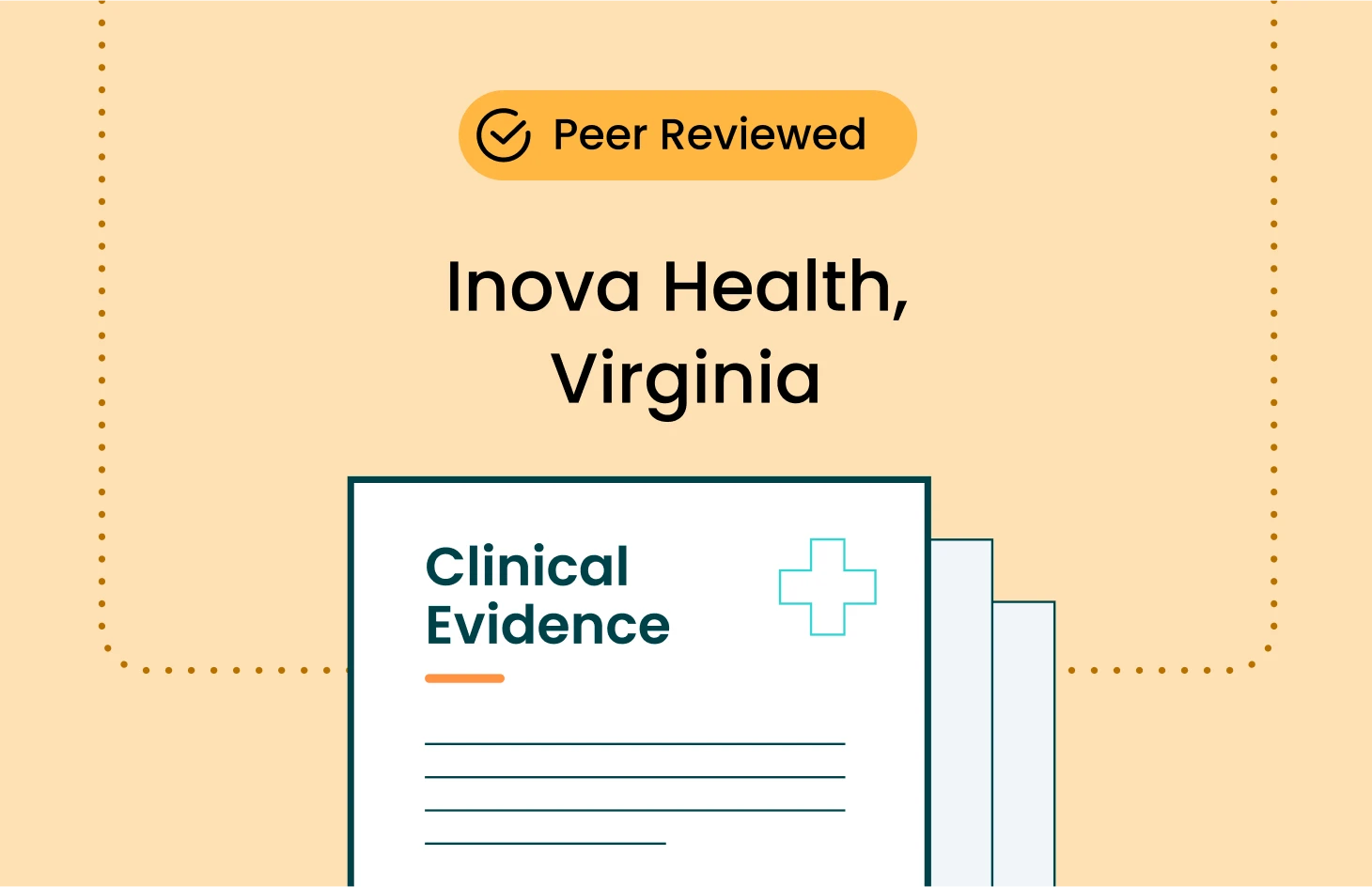Development and Psychometric Testing of the Remote Visual Monitoring Acceptance Tool
Patient and Nurse Satisfaction
April 5, 2023
A large academic medical center reported a significant reduction in patient falls after implementing a video monitoring system for six months. Video monitoring had direct correlation to annual sitter reduction savings.
Development and Psychometric Testing of the Remote Visual Monitoring Acceptance Tool
Barnett SD, Desai D, Davis T, et al. J Nurs Meas. 2020;28:339-454.
Summary
Challenge
Studies have shown a strong correlation between nurses’ acceptance and use of new technologies to improve patient care—yet, there are currently no studies that have addressed nurses’ acceptance of remote visual monitoring
Assessing nurses’ acceptance of remote visual monitoring (RVM) will provide hospital administrators with a better understanding of how best to mitigate the underutilization of this safe and cost-effective intervention.
Solution
RVM Assessment Tool (RVMAT)
The RVMAT was designed to assess the perceived:
- Usefulness of the technology, defined as the degree to which a person believes that using a particular system will enhance his or her job performance
- Ease of use of the technology, defined as the degree to which a person believes that using a particular system will be free from effort
The 25-item RVMAT uses a 5-point Likert scale: Strongly disagree = 1; Disagree = 2; Neither agree nor disagree = 3; Agree = 4; and Strongly agree = 5. A higher rating indicates a greater acceptance of RVM technology.
Putting the RVMAT to the test
The RVMAT was tested among nurses recruited from a large health system.
Participants were eligible to enroll in the study if they met the following inclusion criteria:
- Registered nurses
- Worked on an adult inpatient unit that utilizes RVM technology consistent with a health system–wide protocol
- Able to speak and read English
- Willing to provide informed consent
Findings
Completed surveys were available from 412 nurses. The overall total scale mean score was 3.73, indicating a high level of endorsement for RVM among this group of nurses.
- The item with the lowest mean score was: “I believe that a sitter is safer than RVM.”
- The item with the highest mean score was: “Having RVM available for patient monitoring is valuable.”
The results from this study show that the RMVAT is a valid and reliable instrument to measure nurses’ acceptance and use of RVM technology.
Despite the fact that the majority of nurses who took part in this study had more than 5 years of experience and that the study findings may not be generalizable to nurses with fewer than 5 years of nursing experience, the strengths of the study outweigh the limitations.
Key takeaway
Because nurses are one of the largest users of healthcare technology, using a valid and reliable tool like the RVMAT to measure their acceptance and the perceived usefulness of RVM technology is needed to gain an in-depth understanding of the factors that influence their adoption of healthcare technology. Such information can guide nurse leaders to implement strategies that create a supportive practice environment where direct care nurses are empowered to incorporate innovative technologies into nursing care to improve overall patient health outcomes.
